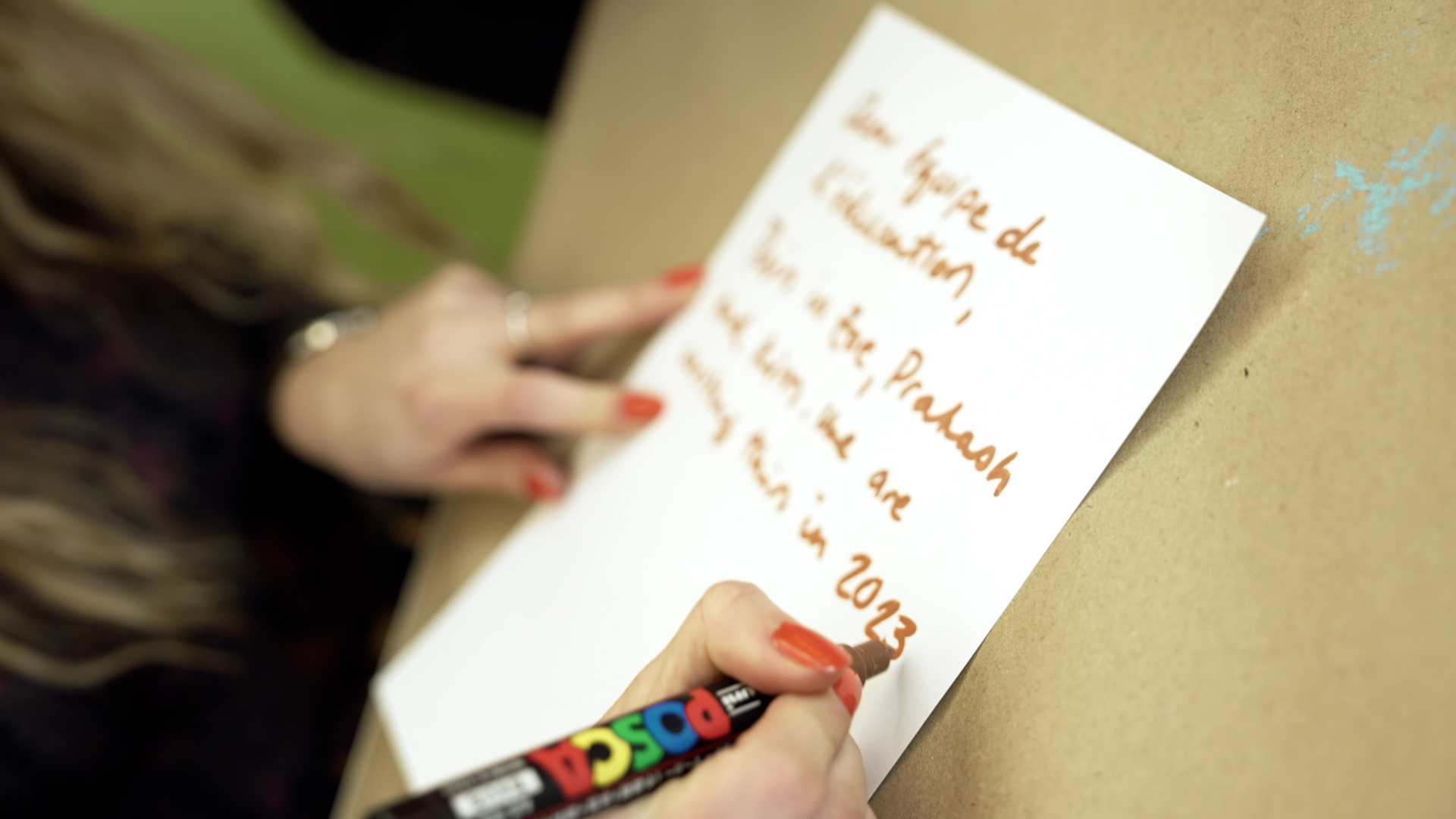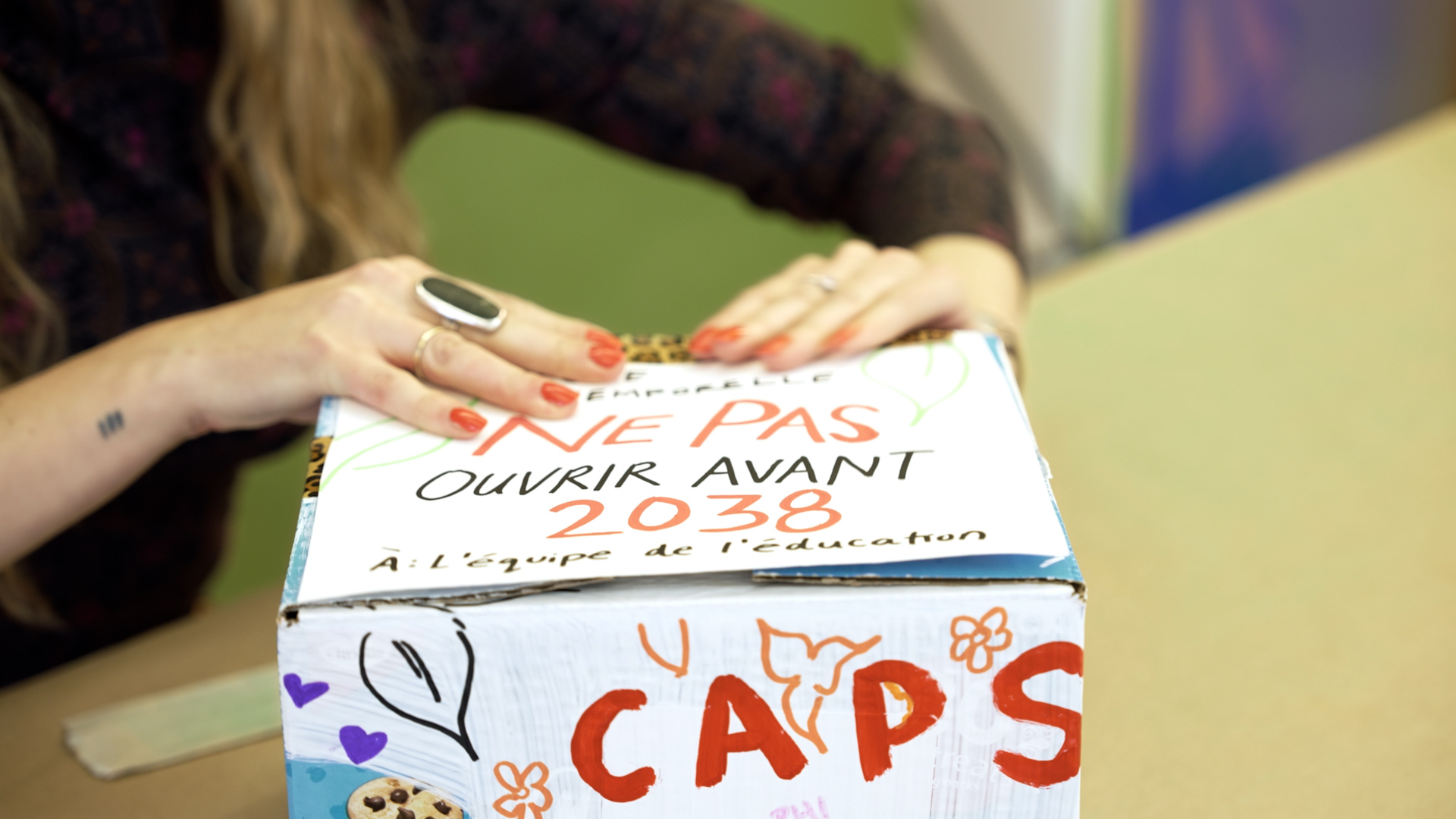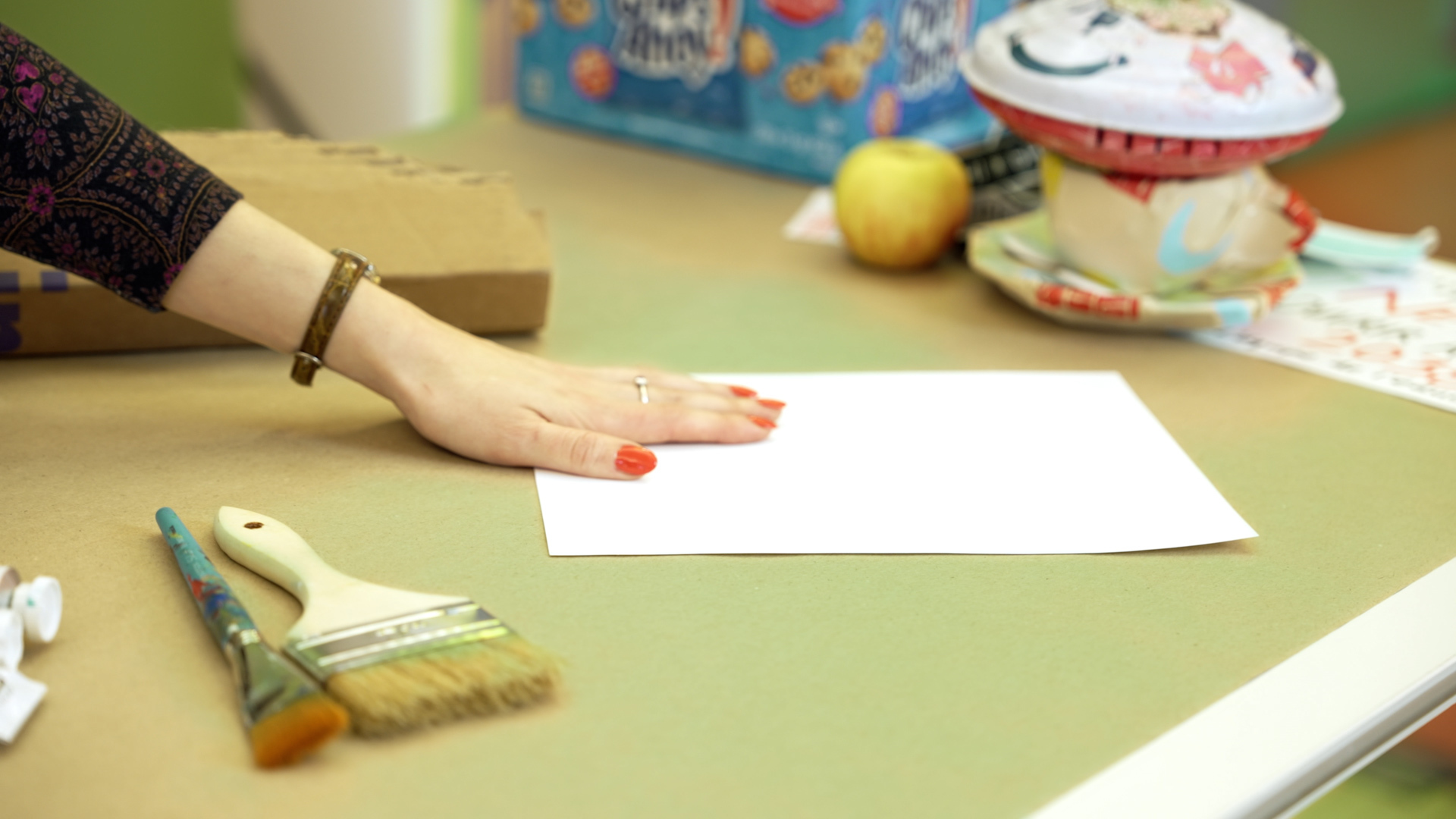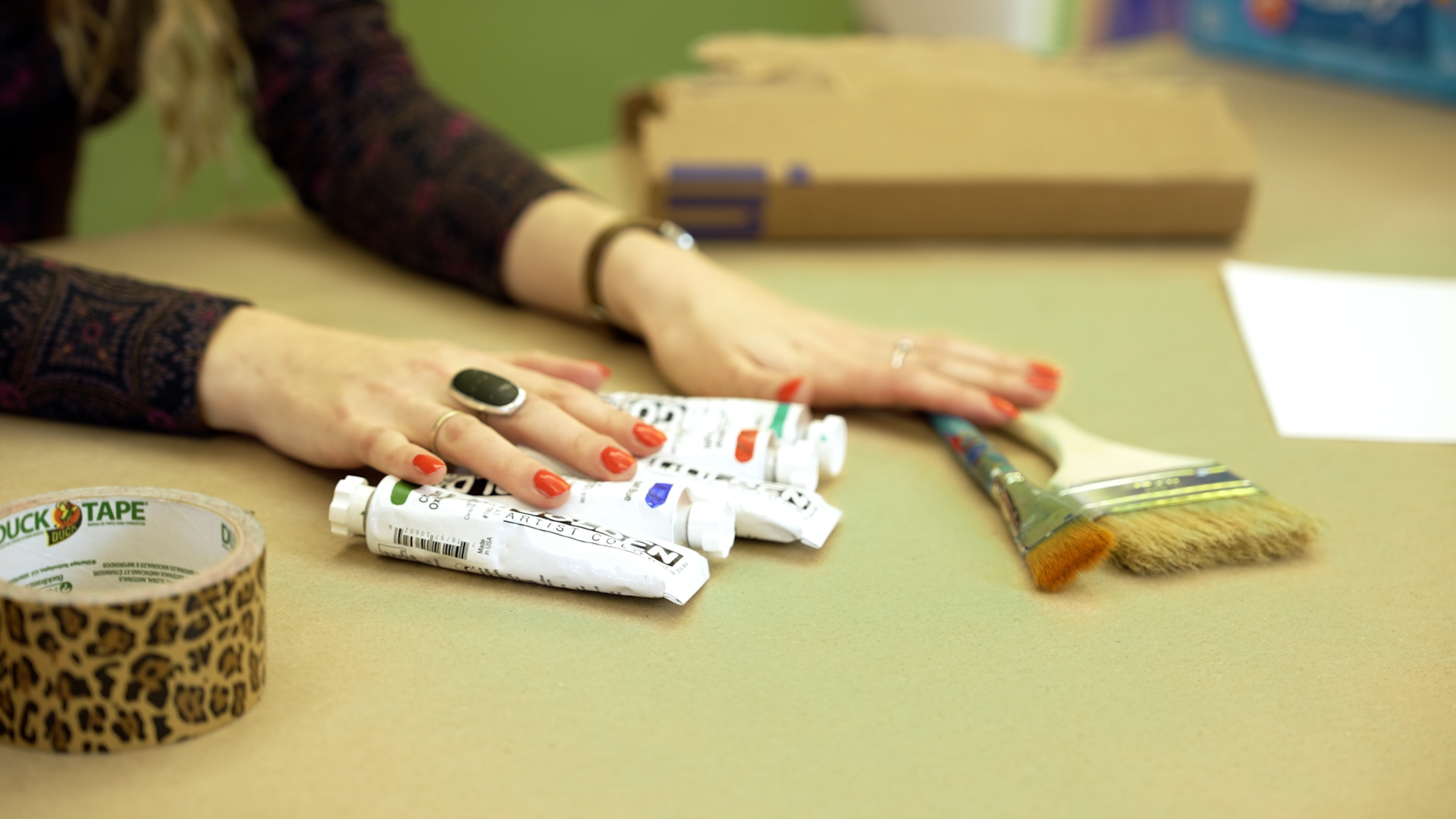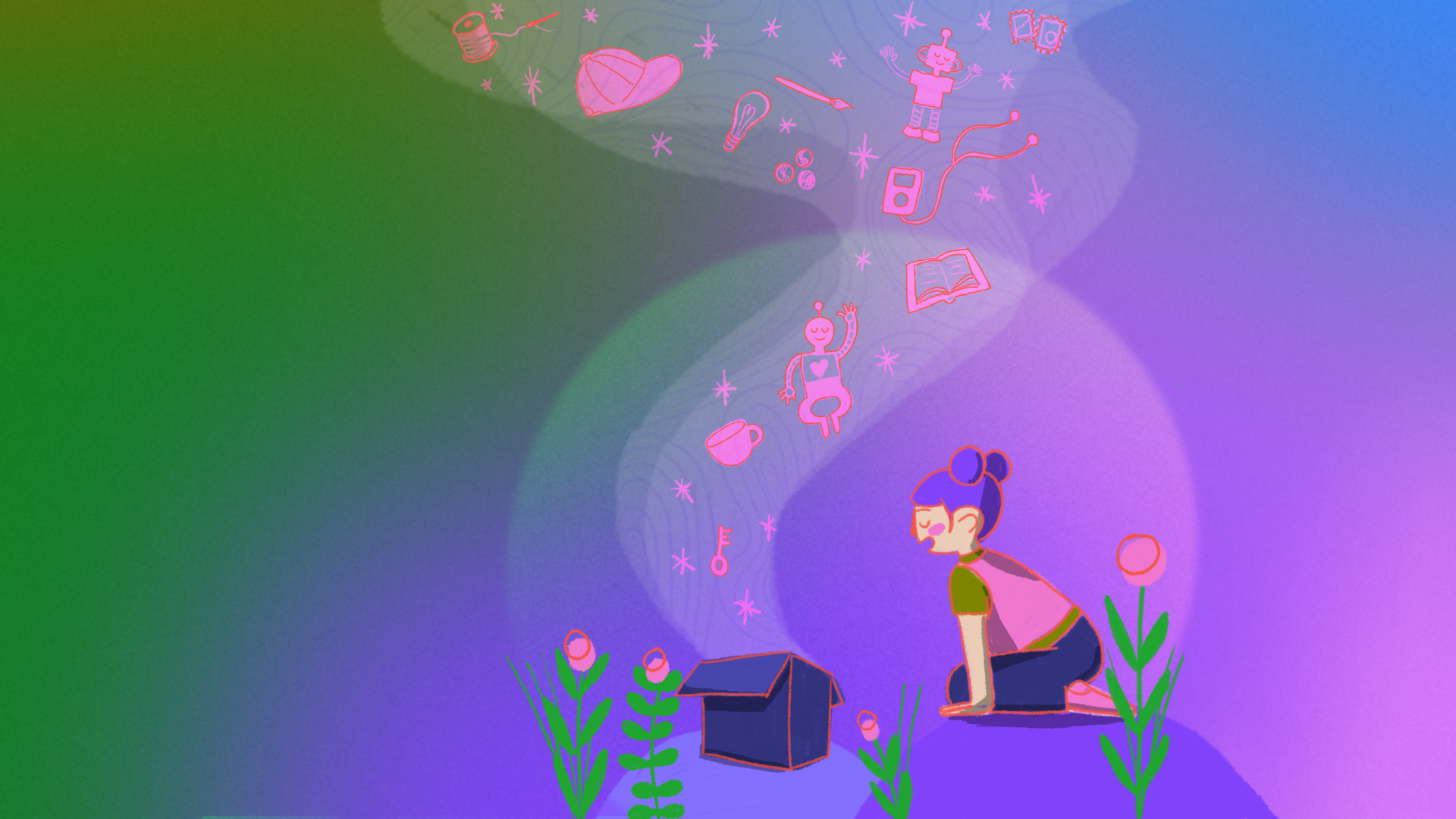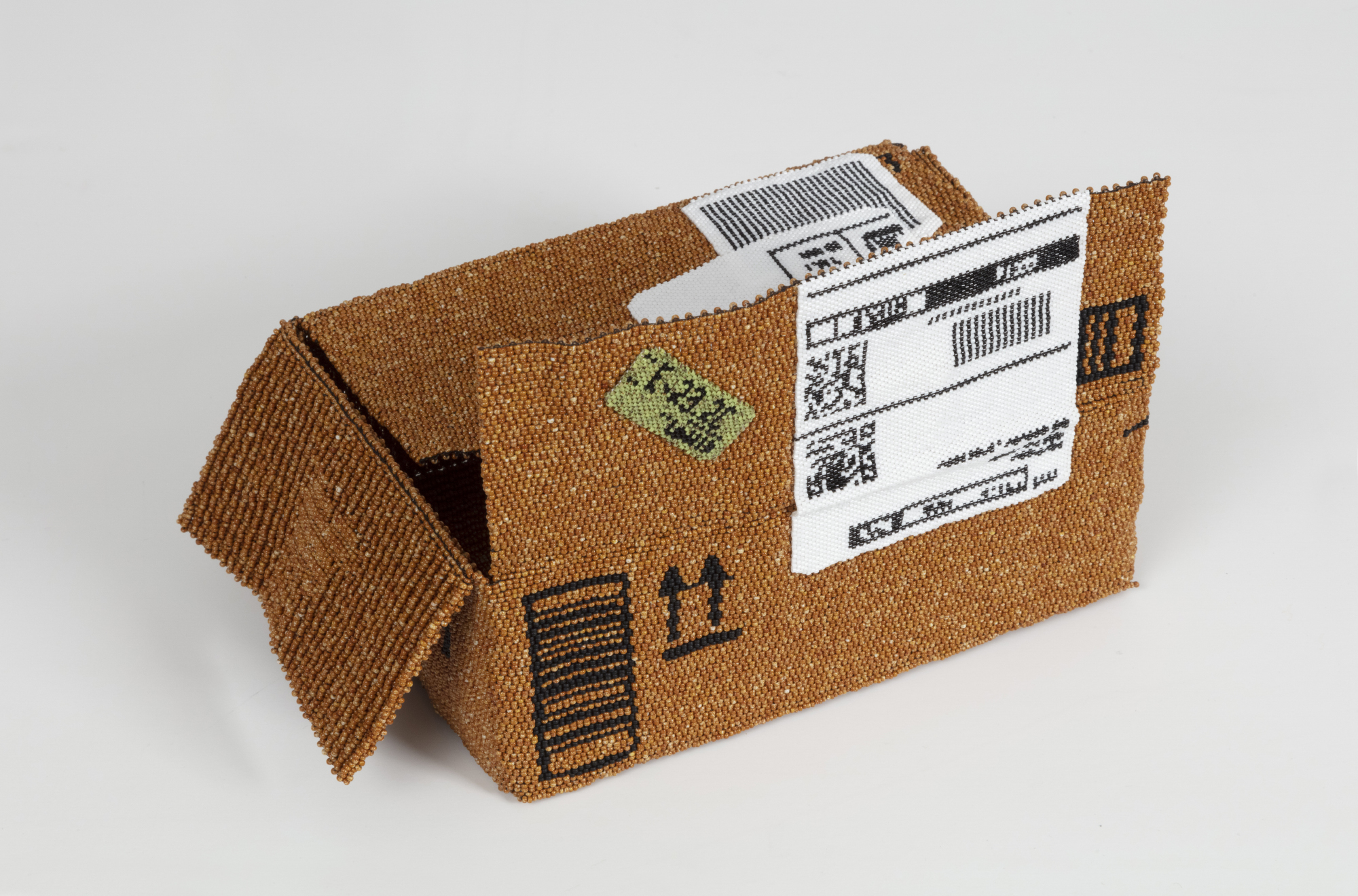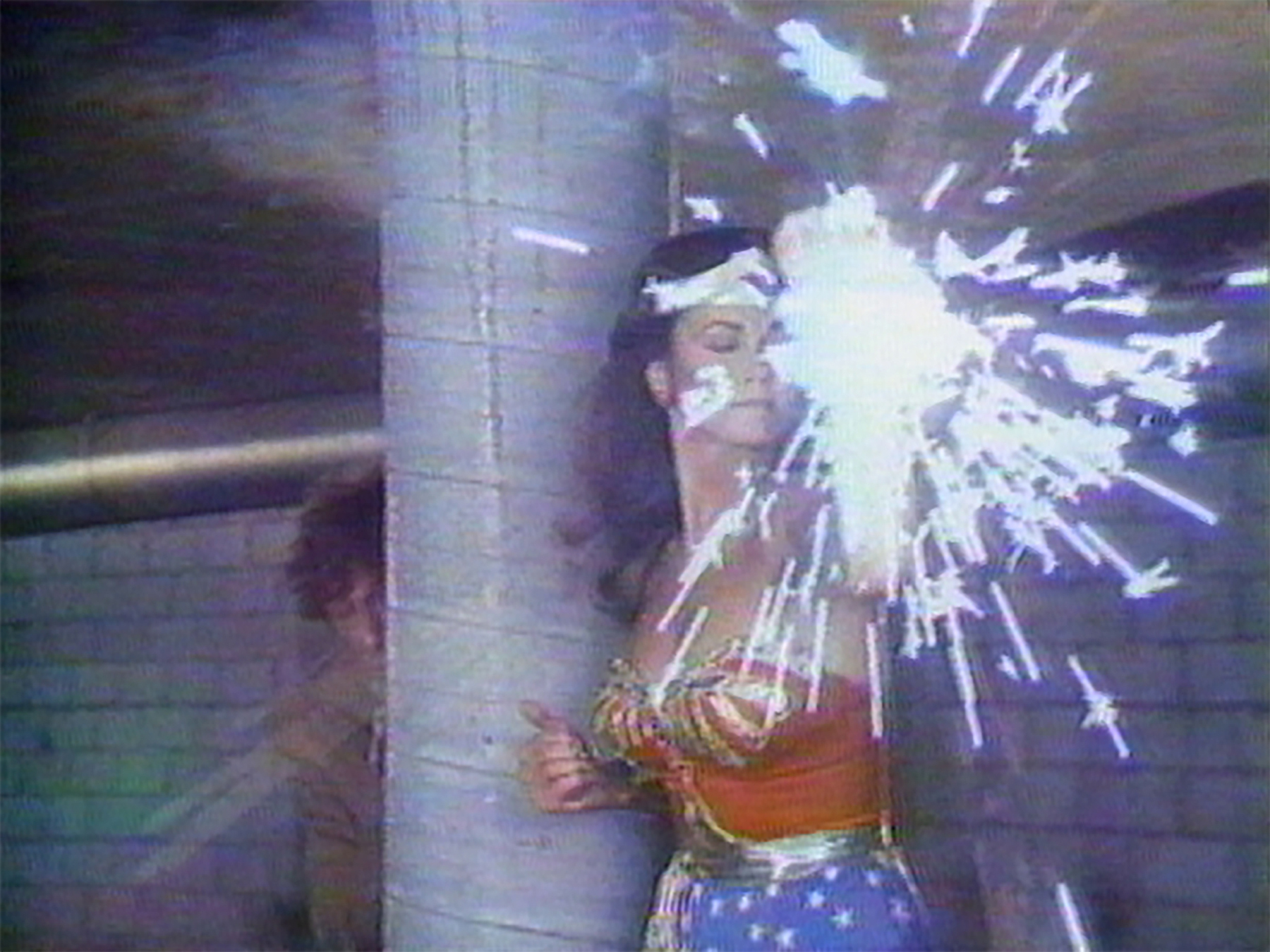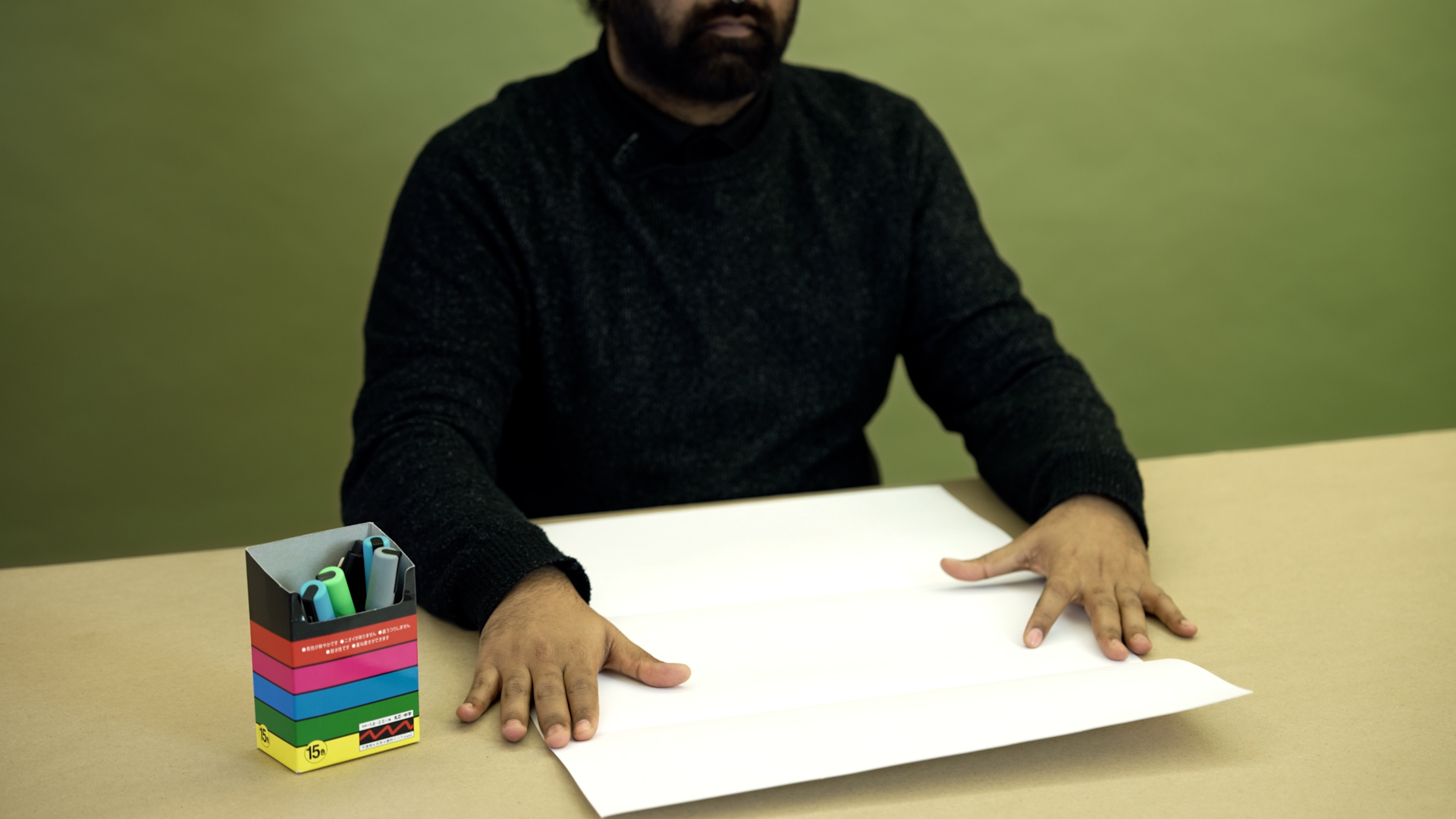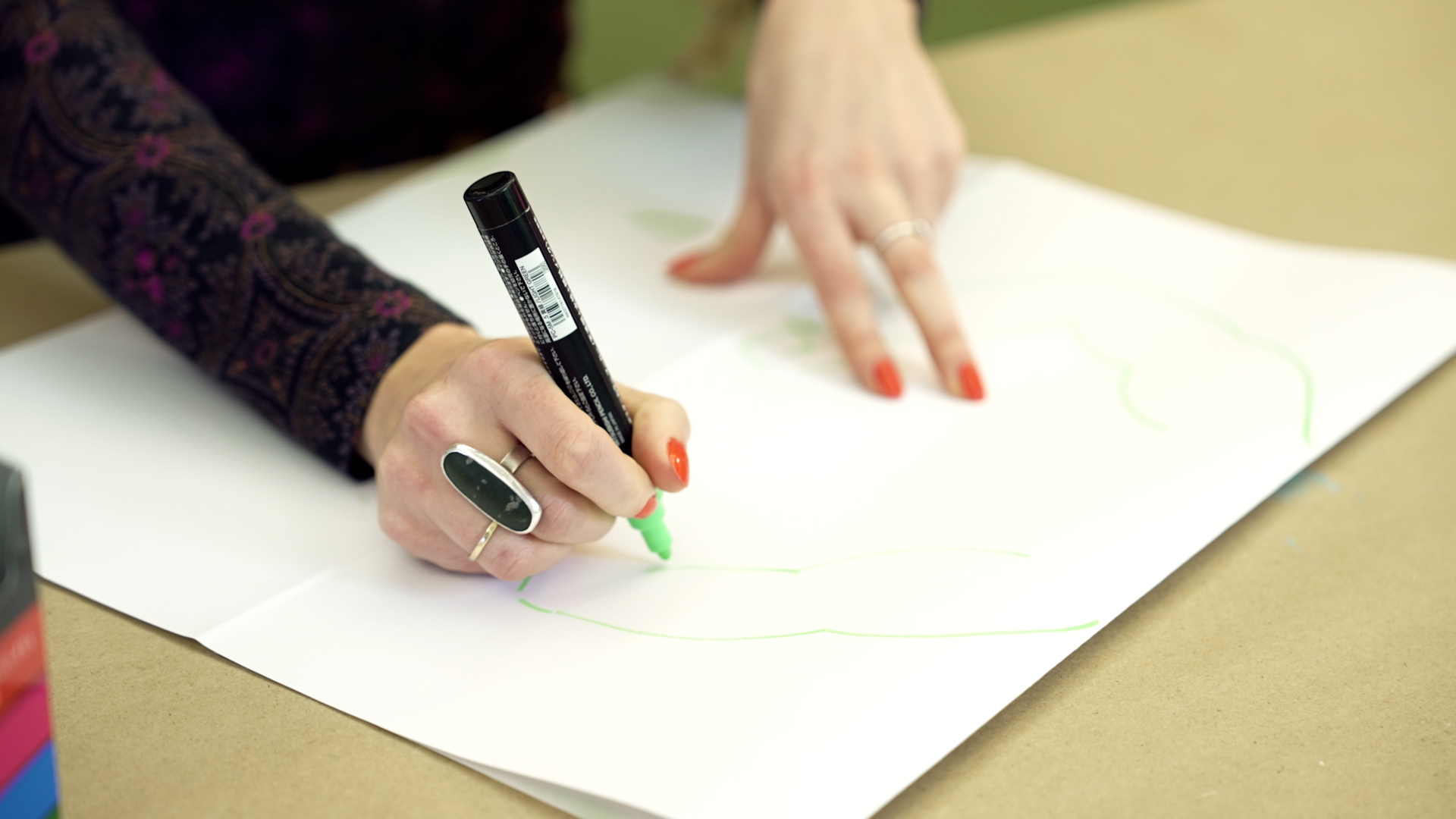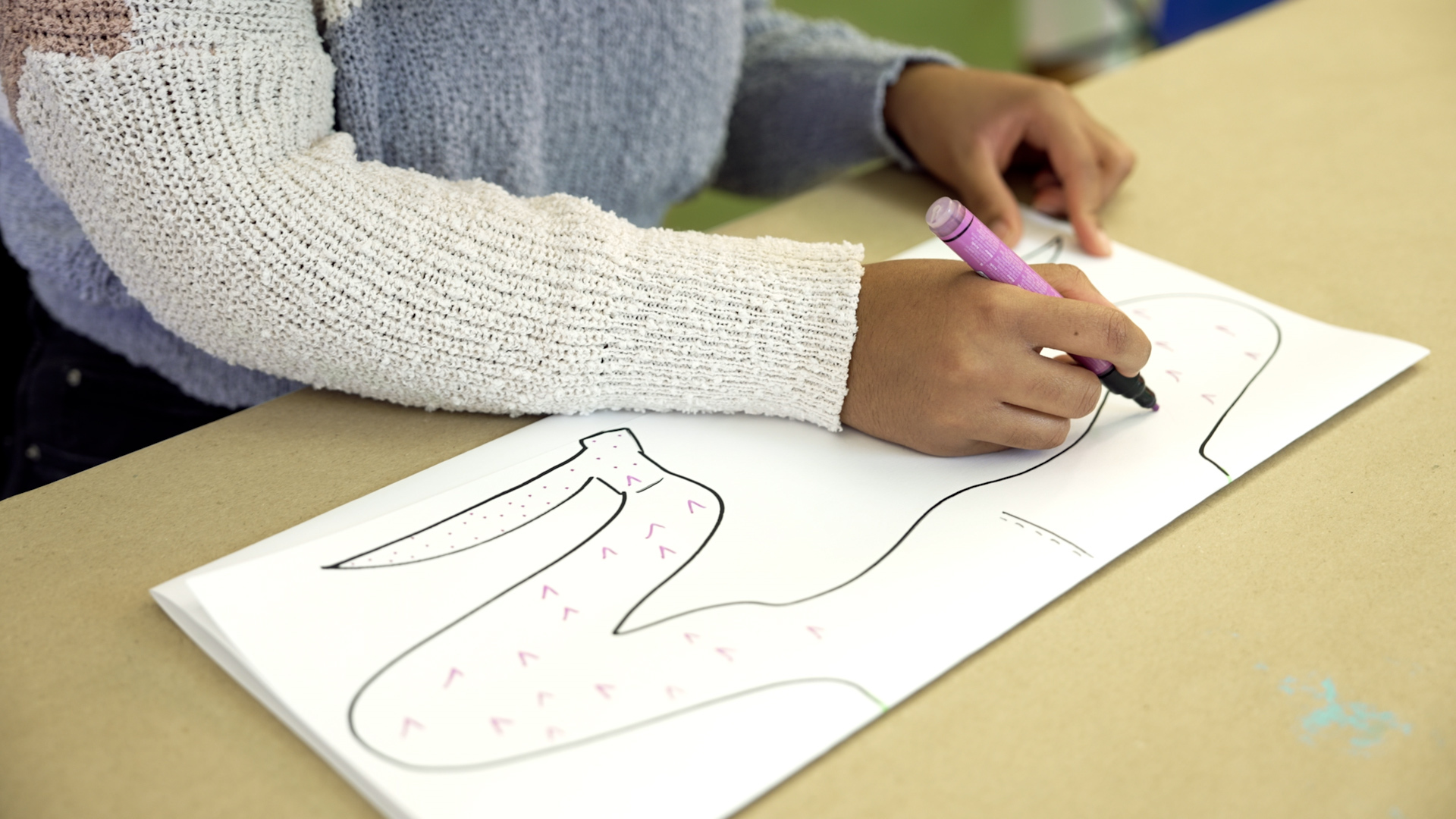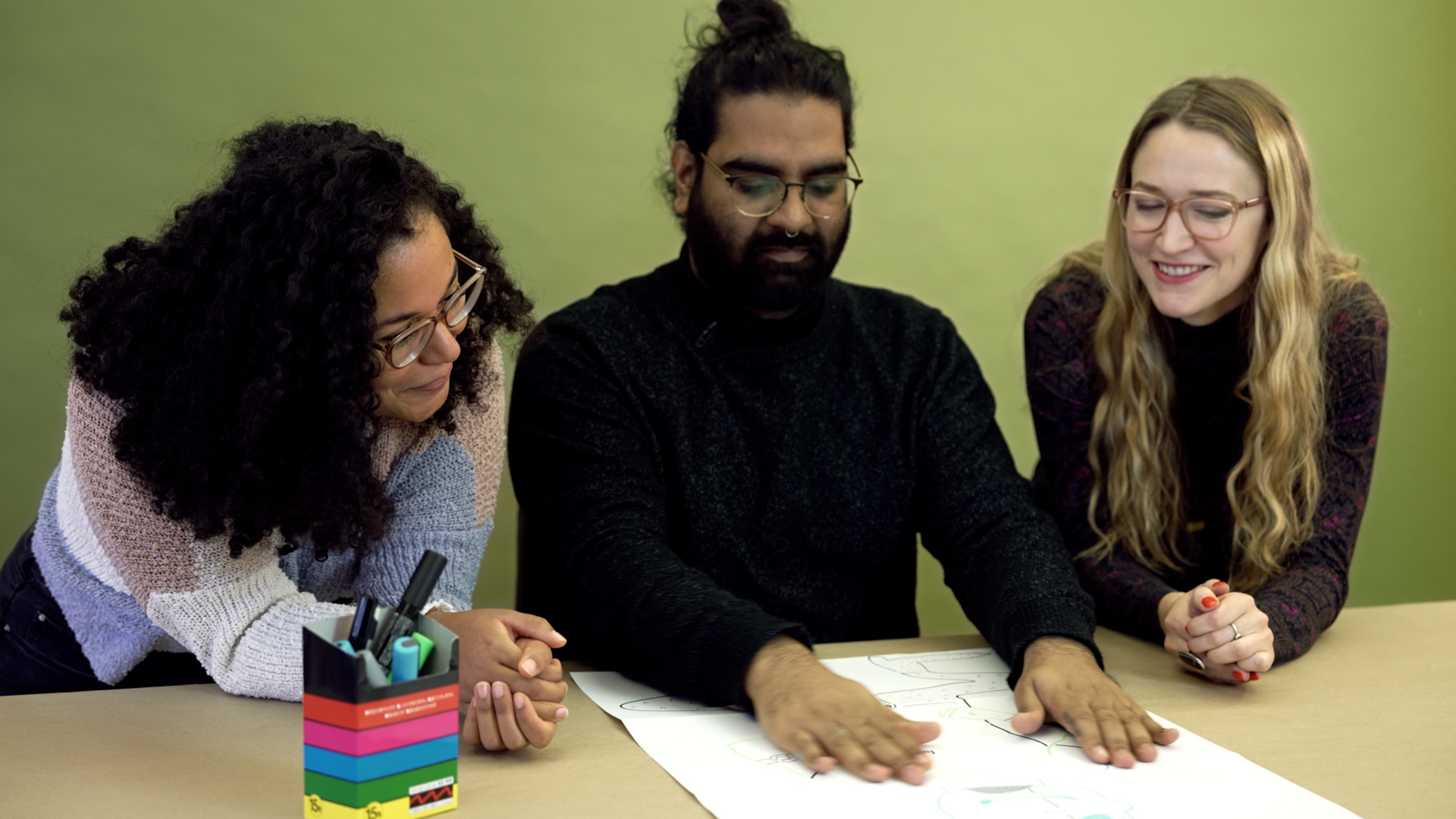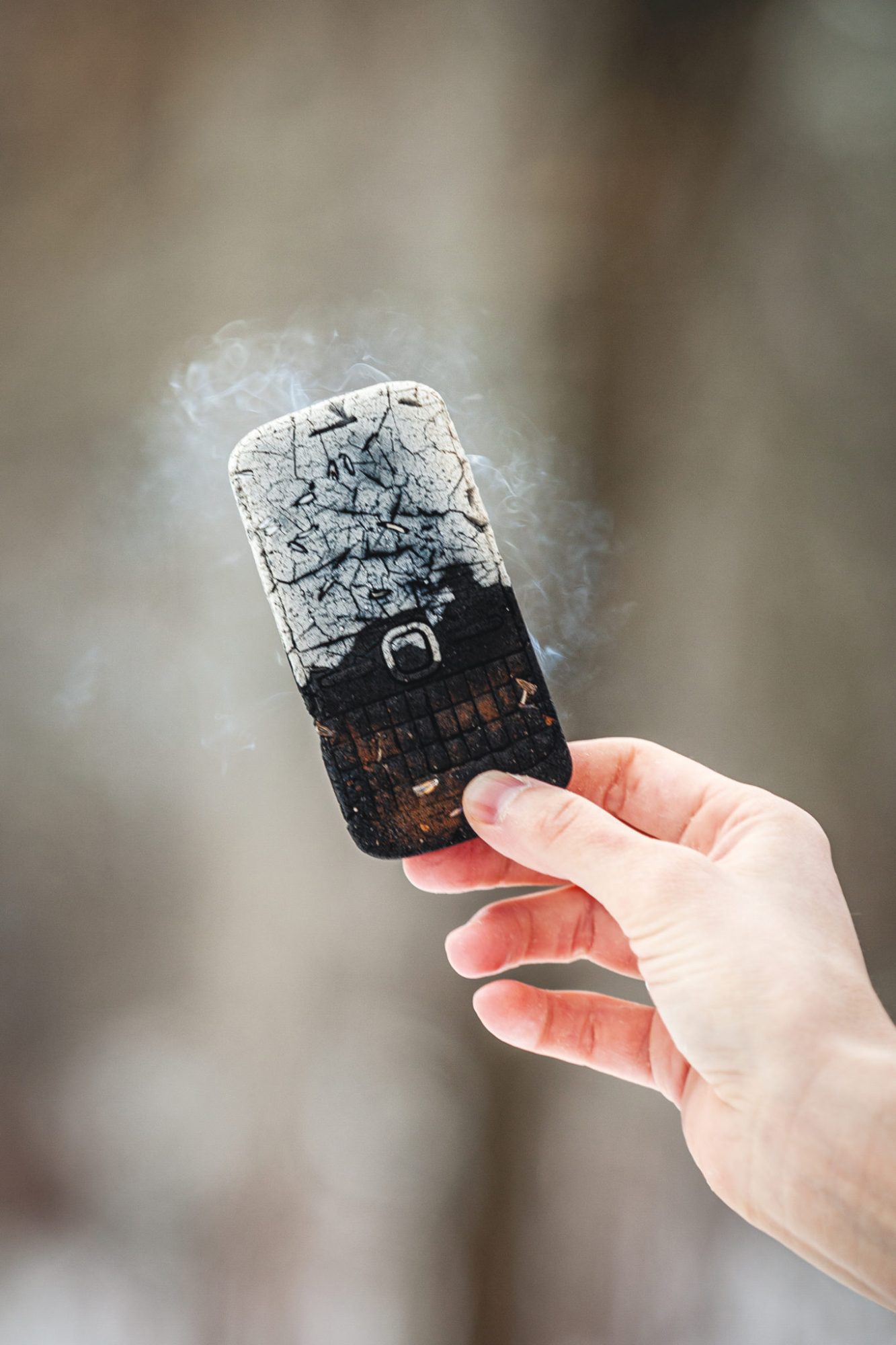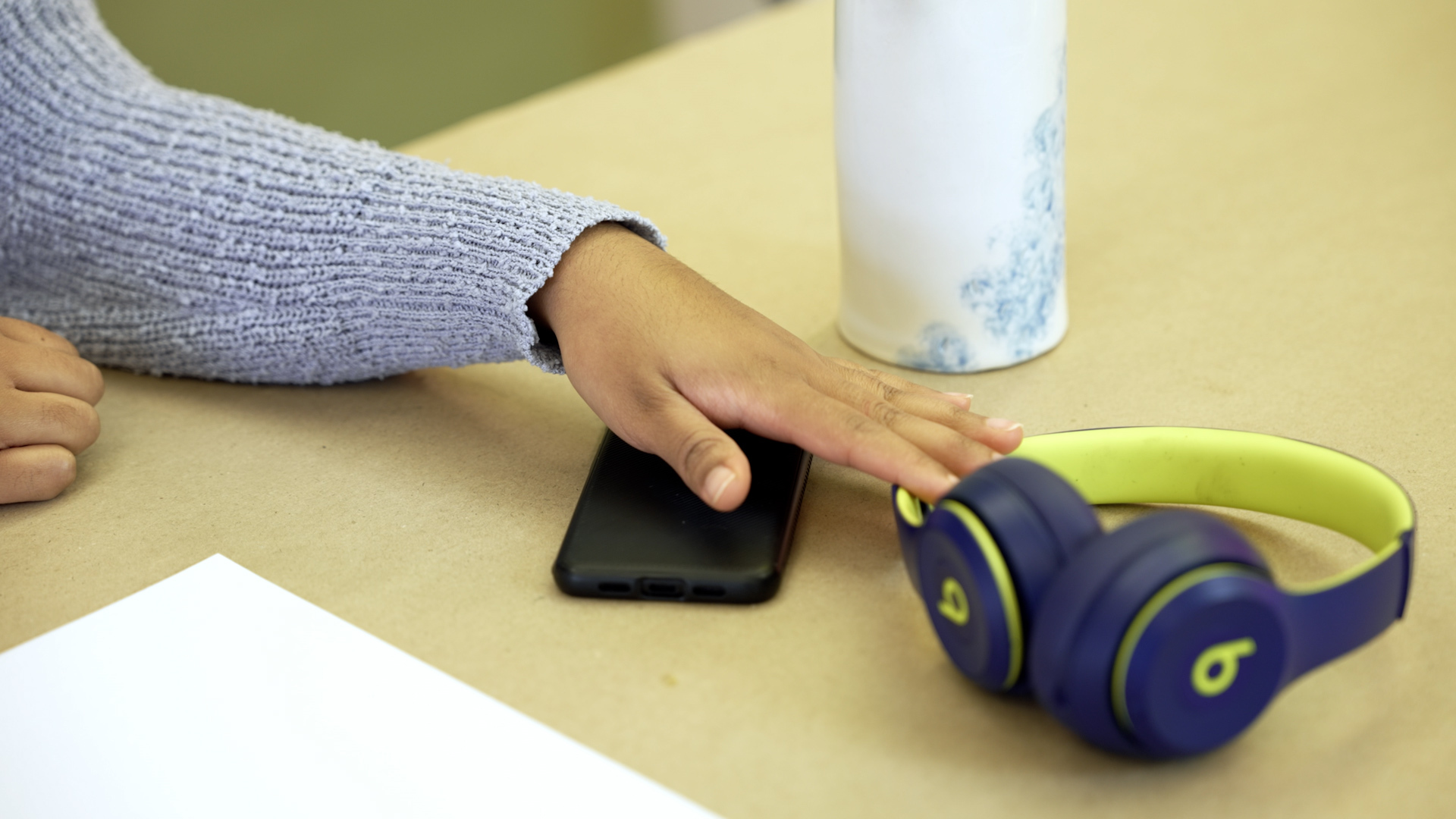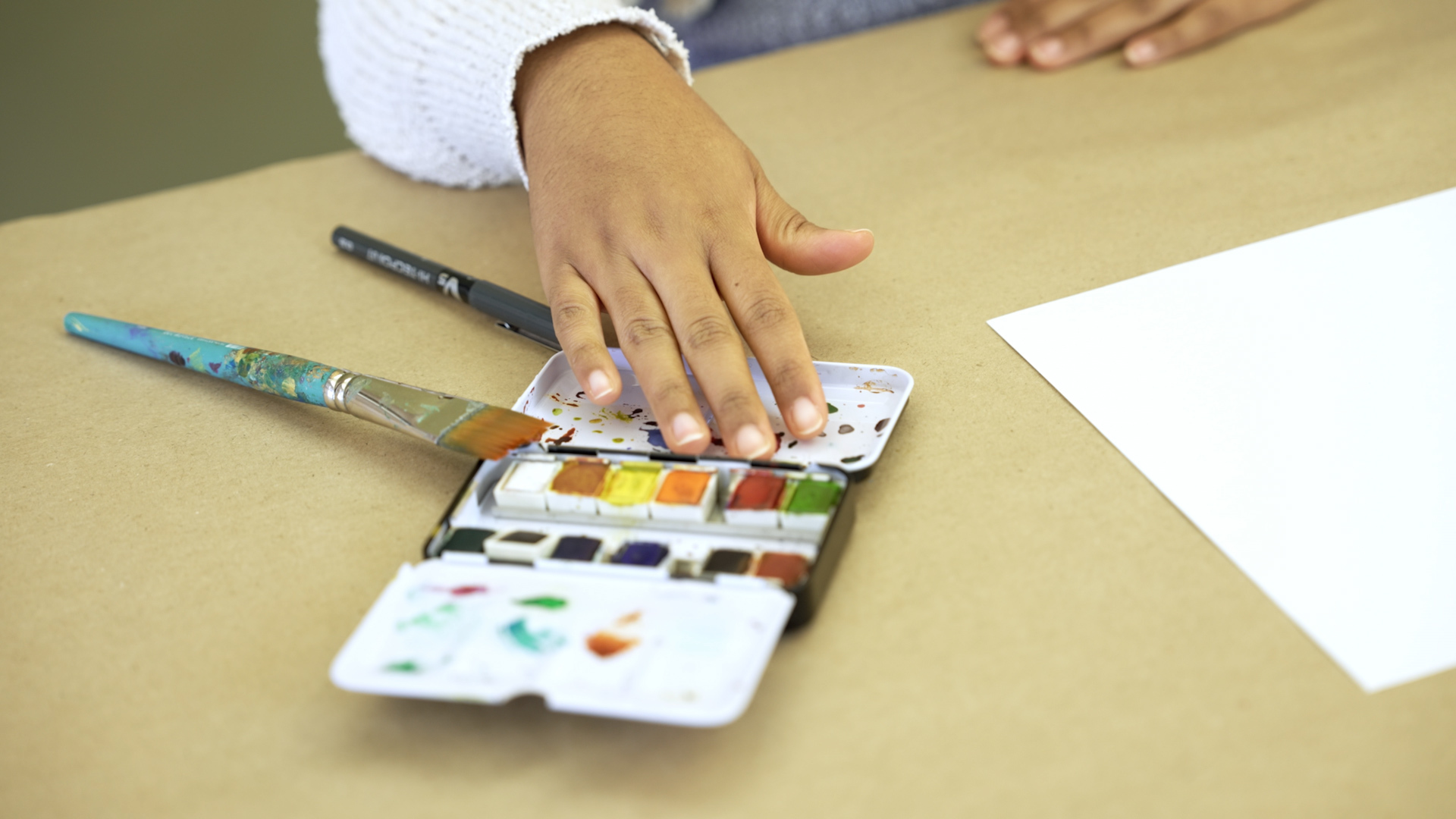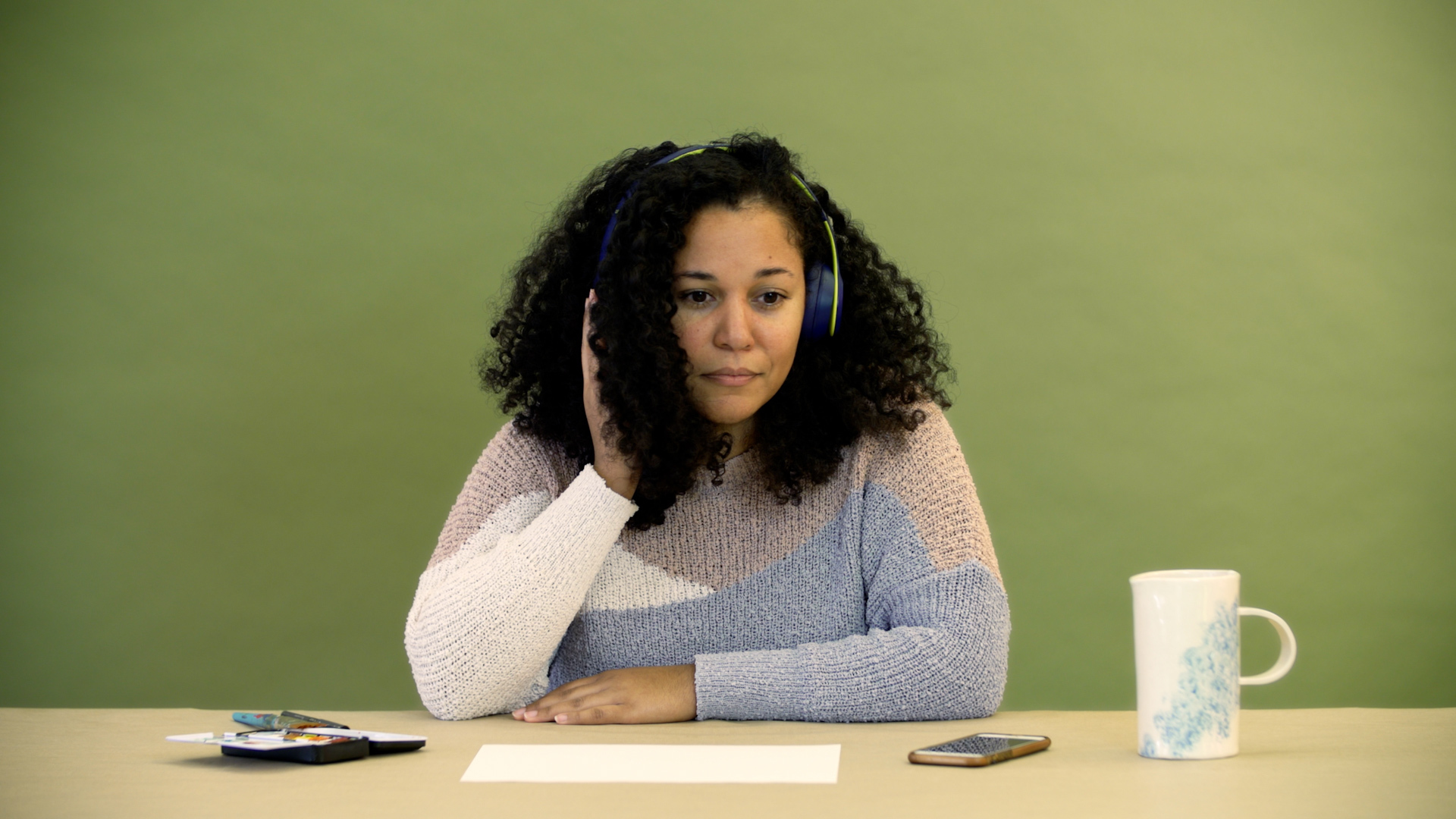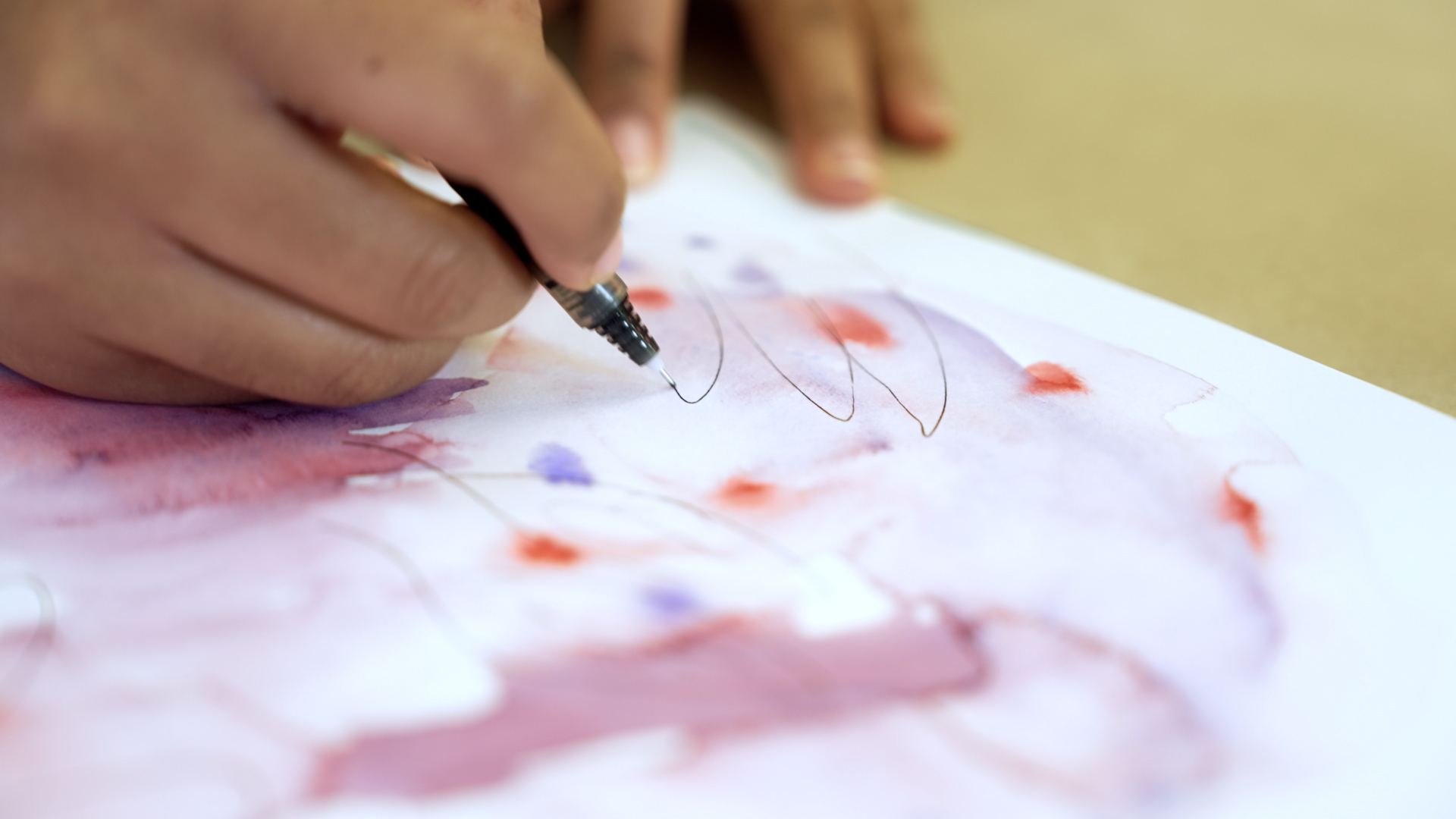Theme: Identity
A time capsule contains a collection of objects in a box that is often buried or hidden somewhere. This box is meant to communicate to the people of the future what the world was like today.
Technology is not only electronic devices, but also a way of doing things, a tool, a human invention. For example, one of the first technologies to be invented was a vessel for carrying water.
Think about how technologies influence your personal and collective identity.
For instance, your favourite book reveals something about your personal identity. However, a cell phone is more reflective of the collective technology of our time, as it represents a common experience.
With your classmates, create a time capsule by including technologies that represent life in Québec in 2023 for the people of the future.
Materials: A box, a sheet of paper, a pencil, tape, materials to decorate the box, and objects of your choice.
Step 1: First, choose who you want your capsule to be for and when you want it to be found.
Step 2: Find a container for the items and decorate it. You can choose an envelope or a used delivery box from a store, since they also represent a technology of our time.
Step 3: Write a letter to the recipients explaining your choices.
Step 4: Put the letter and all the items you have chosen into the box. Don’t put anything perishable in your capsule, as this could cause your other items to spoil.
Step 5: Seal your capsule and store it somewhere in your home.
